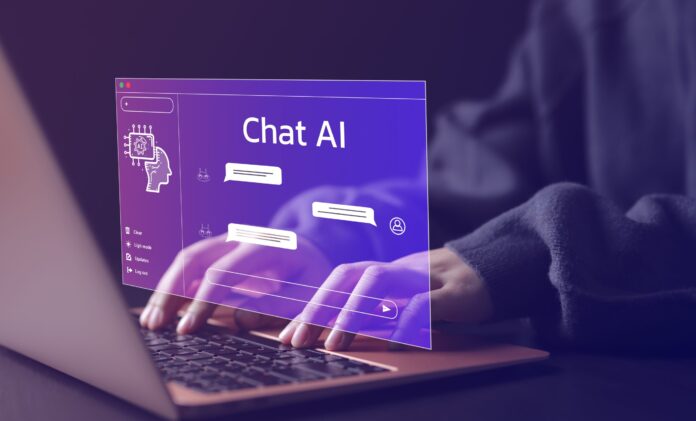The Rise of AI Chatbots: A Double-Edged Sword in Pet Nutrition Guidance
Recently, artificial intelligence (AI) has captured significant media attention, particularly in the realm of chatbots capable of engaging in human-like conversations and generating text across various formats. Major tech companies have unveiled sophisticated AI tools designed to answer a broad spectrum of questions and offer entertaining interactions. However, alongside these advancements, concerns have emerged regarding the reliability of AI-generated content.
Understanding the AI Chatbot Landscape
In this exploration, I evaluated the performance of three prominent AI chatbots—Bing Chat by Microsoft, Bard by Google, and ChatGPT by OpenAI—using a common inquiry: “Help me find the best dog food.” The responses varied significantly, shedding light on both their potential and pitfalls.
Bing Chat: Brief but Lacking Depth
The Good: Bing Chat succinctly identified a specific dog food brand as “the best overall,” citing a veterinarian as the source. It emphasized that a nutritious dog food should include meats, grains, vegetables, and fruits to meet dietary regulations.
The Bad: Bing’s recommendations were minimal and largely unscientific. The suggestion to consult a popular pet food ratings website lacks credibility, and its reliance on a single veterinarian’s opinion raises concerns about the robustness of its guidance. Pet owners may struggle to make informed dietary choices based on Bing’s output.
Bard: A Mixed Bag of Recommendations
The Good: Bard offered three distinct drafts, presenting various dog food brands and several helpful tips, including the importance of budget considerations and pet-specific needs. Notably, it encouraged discussions with veterinarians and consideration of a dog’s age, breed, and health conditions.
The Bad: Despite some valuable insights, Bard also presented dubious recommendations that could mislead pet owners. For instance, suggested diets based on protein and carbohydrate content lacked scientific backing, while some links to food brands directed users to unreliable retail sites rather than official manufacturer platforms.
ChatGPT: Cautious but Confusing
The Good: ChatGPT refrained from suggesting specific products, which may safeguard users from poor choices. Instead, it advised selecting food based on individual dog needs and suggested consulting a veterinarian for optimal results. Useful guidance regarding diet selection based on life stages was also provided.
The Bad: While some advice was sound, it included vague warnings against “excessive fillers” and implied benefits of grain-free diets without substantial justification. The blend of good and misleading information poses significant challenges for pet owners attempting to navigate dietary options.
Conclusion: The Need for Reliable Guidance in Pet Nutrition
After assessing the responses from these AI chatbots, it is evident that none provided entirely reliable information. Each exhibited a mix of good advice overshadowed by inaccuracies and potential misinformation. As AI technology continues to evolve, it is crucial for developers to prioritize credibility and accuracy in the information provided.
For those seeking advice on pet nutrition, it’s best to rely on qualified professionals, such as veterinarians or Board Certified Veterinary Nutritionists®, rather than engaging in detailed discussions with AI tools.











